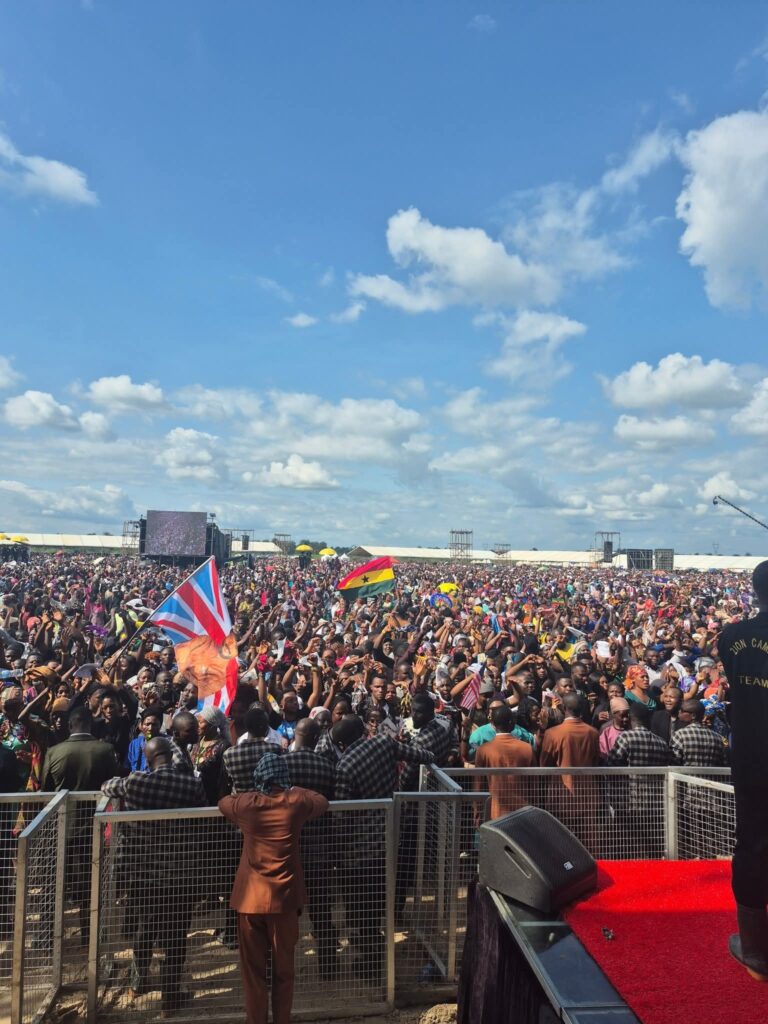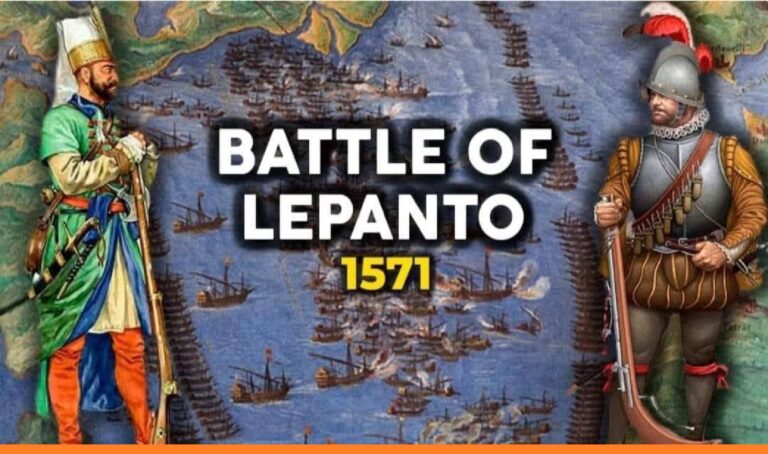Follow Us On:
By Rev Fr Angelo Chidi Unegbu ([email protected])
1) The story of the coming of Christianity in Arondizuogu began in 1910 with a blind man named Akweke. Akweke’s elder brother who incidentally was the village head learnt about the Iyienu Hospital at Ogidi (45 miles away from Arondizuogu) that was run by the Church Missionary Society missionaries from Britain. The village head encouraged his younger brother Akweke to go and try his luck at Iyienu since all local efforts had proved abortive.
2) Eight hefty men carried Akweke on their heads to undertake the 45 miles journey. In their company was the youngest of his 3 wives. She took with her some food stuff and few clothes. They travelled only at night and rested during the day. In two and half days, they reached their destination.
3) Upon reaching the hospital Akweke was immediately admitted while the men returned. He was diagnosed of myopia. As a rule, all patients were required to assemble at the hospital chapel every morning for Morning Prayer after which they proceeded to see their individual doctors or for treatment.
4) Akweke and his wife memorized the Lord’s Prayer, the Decalogue, the Apostles’ Creed and the Catechism. He learnt about Jesus who was said to have given sight to the blind. In 1912, after two years sojourn, Akweke regained his sight.
5) Akweke learnt also the Igbo alphabet, how to read and write. A pair of glasses was also given to him. “He went to Iyienu blind, illiterate, and led; he returned in two years able to see, to read, to move about independently. I marvelled when I saw his spectacles in 1918.”1
6) When he returned to the village, he was welcomed with disbelief. His compound was filled with visitors who came to see with their own eyes. Akweke’s story, just like that of Constantine, became a turning point in the history of Christianity in Arondizuogu. Without delay, he invited the CMS missionaries to establish a mission in Arondizuogu. In 1913, the first CMS mission church station was established in Arondizuogu.
7) The first convert to the new religion (taking after Akweke) was Mr. Abanogu Ojike. In fact, Abanogu’s wedding with Miss Phoebe Onuneji Ezike which took place on 20th December 1920 at St Peter’s CMS Arondizuogu became the first to be witnessed in the area. Majority of all the young men from Arondizuogu who went to witness Akweke’s healing converted to Christianity. Njoku Chijioke, however, opined that most of the converts were men without reputation.2
8) “The movement was something like a revolution.”3 The converts began to distance themselves from the town, its religion, culture and way of life. This attitude of course was met with vigorous resistance from the rest of the villagers who were all out to save their age-long tradition and customs.
9) At baptism the new converts were required to pick up new names. Akweke being the first convert in the town was given the name Abraham, the father of faith. Converts promised to marry only but one wife. Akweke who had three wives before his conversion retained one of them while dismissing the other two.
10) The new religion was met with stiff opposition from the community. The elders met and banned every conversion to Christianity. But no amount of threat or punishment could stop the new and intended converts. The number of Christians grew tremendously that an African (Igbo) teacher/minister from the ecclesiastical headquarters at Onitsha was sent to them. His name was Tim Anuebunwa.
11) One day during school hours, probably during Ikeji celebration, a masquerade accompanied by his instrumentalists and singers halted at the school premises and began to dance and sing at the top of their voices probably with the aim of disturbing the class session. Mr. Tim ordered the students to go out and attack the masquerade. They obeyed. A fight ensued. The students who were more in number unmasked the masquerade and beat up his boys mercilessly.
12) The information got to the elders that Christians attacked and unmasked the masquerade. Within a short time, the same day, the school teacher was arrested. Abraham, Abanogu and a host of others were also detained. “The church house was set on fire. So was the teacher’s. No church service or school classes were held until the trial was over.”3 The arrested Christians were kept in custody where they were beaten, tortured and starved but they remained resolute. Later they were officially brought to court.
13) “The presence of a white missionary from Onitsha made the Christians jubilant.”4 The non-Christians were found guilty of a deliberate nuisance but no further penalty was meted to them since they had been severely beaten by the students. The Christians were asked to rebuild their burnt down church and teacher’s house and to carry out their activities without interfering with non-Christians.
14) A year later another palaver ensued between the Christians and the non-Christians. This time, the Christians went to fish in a certain sacred stream where no one was allowed to fish. On sighting them, an alarm was raised. Shortly everyone converged at the stream. The Christians were thoroughly beaten. The next day being Sunday, no church services were held. The Christians decided to go on open-air evangelisation instead.
15) During their evangelism they visited the village head. After reading some passages from the Bible and explaining them, they pleaded for peace between Christians and non-Christians. From that day onward the relationship between the two religions became more harmonious. (It is most probable that the story of Chinua Achebe’s _Things Fall Apart_ on the frictions between Christians and non-Christians was influenced by these experiences in Arondizuogu. These frictions in Arondizuogu were already documented in Mbonu Ojike’s book, _My Africa_ more than a decade before the writing of Things Fall Apart.)
16) Henceforth, it became fashionable to become a Christian, to have a foreign name, marry one wife, speak English, wear novel styles of clothing and rest one day out of the seven.5
17) With this, the land was made fertile for the coming of the Catholics and the other Christian denominations in Arondizuogu.
References:
1. Mbonu Ojike, _My Africa_ (London: Blandford Press, 1955), 40. See also Elisabeth Isichei, _A History of the Igbo People_ (London: Macmillan, 1977), 168.
2.Raphael Chijioke Njoku, _African Cultural Values: Igbo Political Leadership in Colonial Nigeria, 1900 -1966_ (London: Routledge, 2012), 106.
3.Mbonu Ojike, _My Africa_, 41.
4. Ibid. 43.
5. Ibid. 42 -43.




